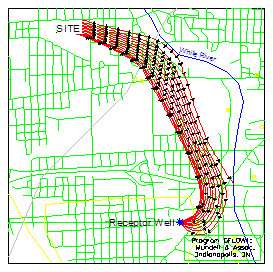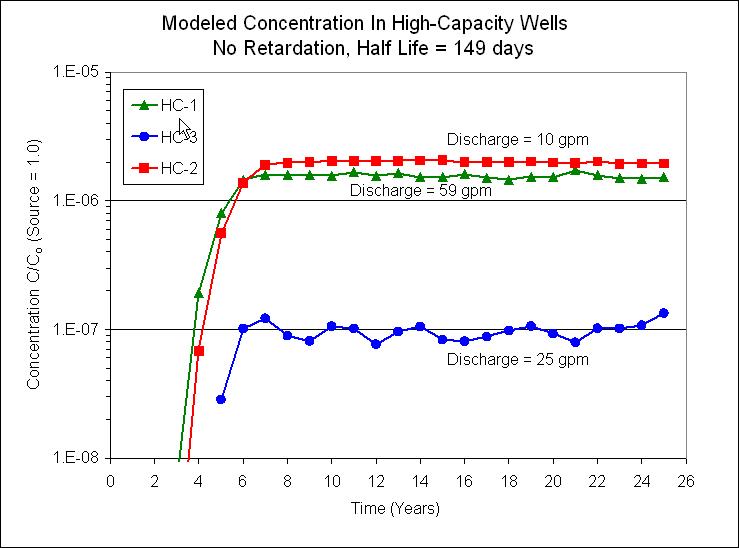Challenge
Investigations at a former Shell Bulk Terminal in Indianapolis, Indiana indicated that the groundwater beneath the site had been impacted by past operations. Sampling and testing showed detectable levels of 27 volatile organic chemicals (VOCs) and five polynuclear aromatic hydrocarbons (PNAs) in the groundwater beneath the site. To facilitate redevelopment and productive use of the property, the City of Indianapolis desired to evaluate the human-health risk associated with the current chemical concentrations in the groundwater and to determine an appropriate course of action for site remediation, if necessary.
Action
To complete the human-health risk evaluation, Mundell assessed the most likely groundwater flow pathways off site, potential downgradient residential and commercial/industrial receptors, and chemical exposure concentrations in the groundwater along the migratory pathway. To facilitate
this evaluation, Mundell developed a groundwater flow model to provide the basis for defining the migratory pathway, and then used chemical transport modeling to predict the reducing effects of hydrodynamic dispersion, chemical decay and retardation on downgradient chemical concentrations.
Results
The transport evaluation concluded that under worst case conditions of constant chemical source strength and no chemical decay or retardation, the chemicals would arrive at the nearest downgradient receptor well in about 12 to 13 years, and would be detected at maximum concentrations of 0.0007 times their on-site levels in the receptor well discharge waters (below residential drinking water levels).





